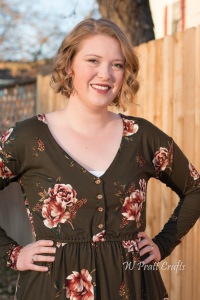Welcome to our Wonderfully Wonka look as part of our first week over at Project Run and Play, Season 17! We had so much fun putting this look together, and we *may* still be on a sugar high, but without further ado, here is our modern trio of Wonka kids.

Once I heard that our first week’s theme was Willy Wonka, I knew our look wasn’t going to be complete without making sure we had a touch of the main man himself in it. I reinvented his classic suit jacket and pants into this self-drafted modern, purple suede moto jacket. I loved putting in the details such as the welt pockets, zippered breast pocket, and lots of snaps to create a fun and functional look.
I paired the jacket with my new take on the Portlanders by New Horizons Designs. Instead of using knits, I altered the pattern to make our out of woven twill I purchased from Colorado Fabrics. Then, I eliminated the side seams of the pants to make way for contoured seaming along the front and back of the legs. Finally, I added back pockets because any good pair of pants needs some pockets.
And of course, you can’t be Wonka without adding a little (or giant) lollipop, right?

The next little lady in our set is our own Violet Beauregarde. I loved the idea of playing with volume for her look as a nod to her bloated blueberry state in the movie. I took the Grow Fonder pattern from Apple Tree Pattern Company and turned the shirt into a dress. The bubble hem along the bottom gives a fun, full look and to compliment the mini bishop sleeves I created by using the slash and spread technique. Lastly, I added a ruched sash and large bow in the back for a final touch of whimsy. I just love how this turned out and had just the right amount of added volume without overwhelming her small frame.
She was very excited to take photos that she (and I) didn’t pay attention to making sure her shoes were on the right feet… haha.
Finally, no story, or set, is complete without a hero. In our case, that hero is in the form of a modern Charlie Bucket. In the movie, this humble character wears a basic navy turtleneck and plain grey trousers. I wanted to keep the same color palette, but give his look a little more interest. I started his top using the Everette by Phat Quarters and added a cowled neckline in place of the standard V neck it is drafted with. I also added a couple of buttoned plackets to the neck and flank to add subtle detail to the look. Because who doesn’t love a good thumbhole, I kept those from the pattern to the great enjoyment of my Charlie.
He was also very excited to pose with some soda a la Charlie and his Fizzy Lifting Drink from the movie. He may not have flown like Charlie, but he definitely got a sugar high.
The shirt tops a pair of self-drafted front zipper fly pants, made from some grey stretch denim. The fit and fabric of these pants make for some comfortable bottoms for him. Being tall and slender, most pants are too large at the waist with the size he needs for the length. With these, he is able to forgo his usual belt. The front pockets have inset zippers to keep any treasures safe and sound, while the back pockets got some cool topstitching and rivets.

I’m so pleased with how our overall look came together, and I hope you enjoyed it too! Now you can head on over to the Willy Wonka post over at Project Run and Play, look at all the designer makes this week, then cast your vote at the bottom of the post here!
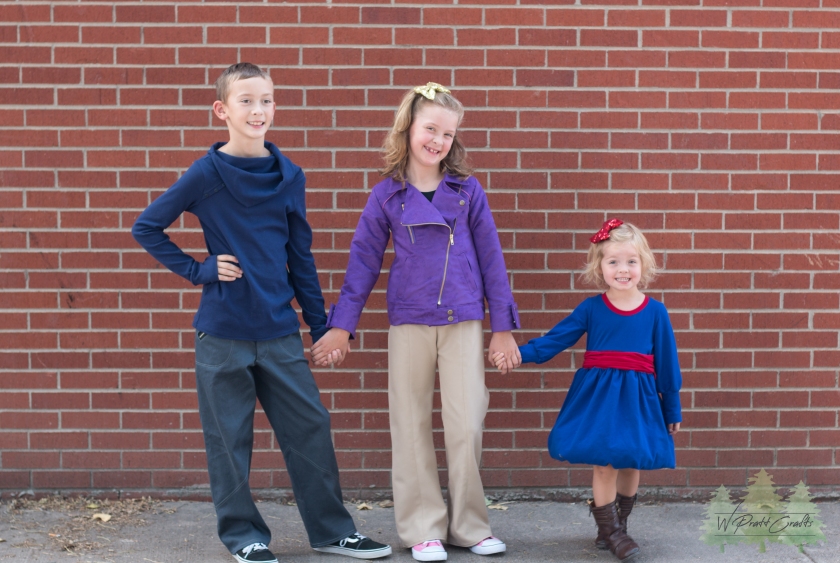
Thanks so much for reading and until next time, happy crafting!
Wendy
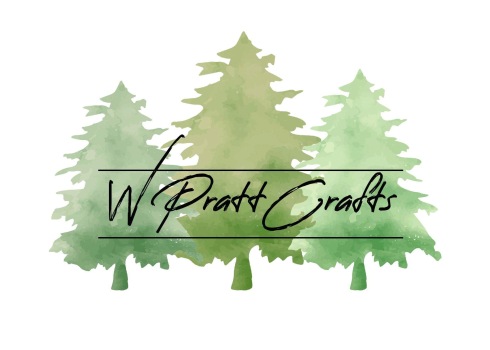


















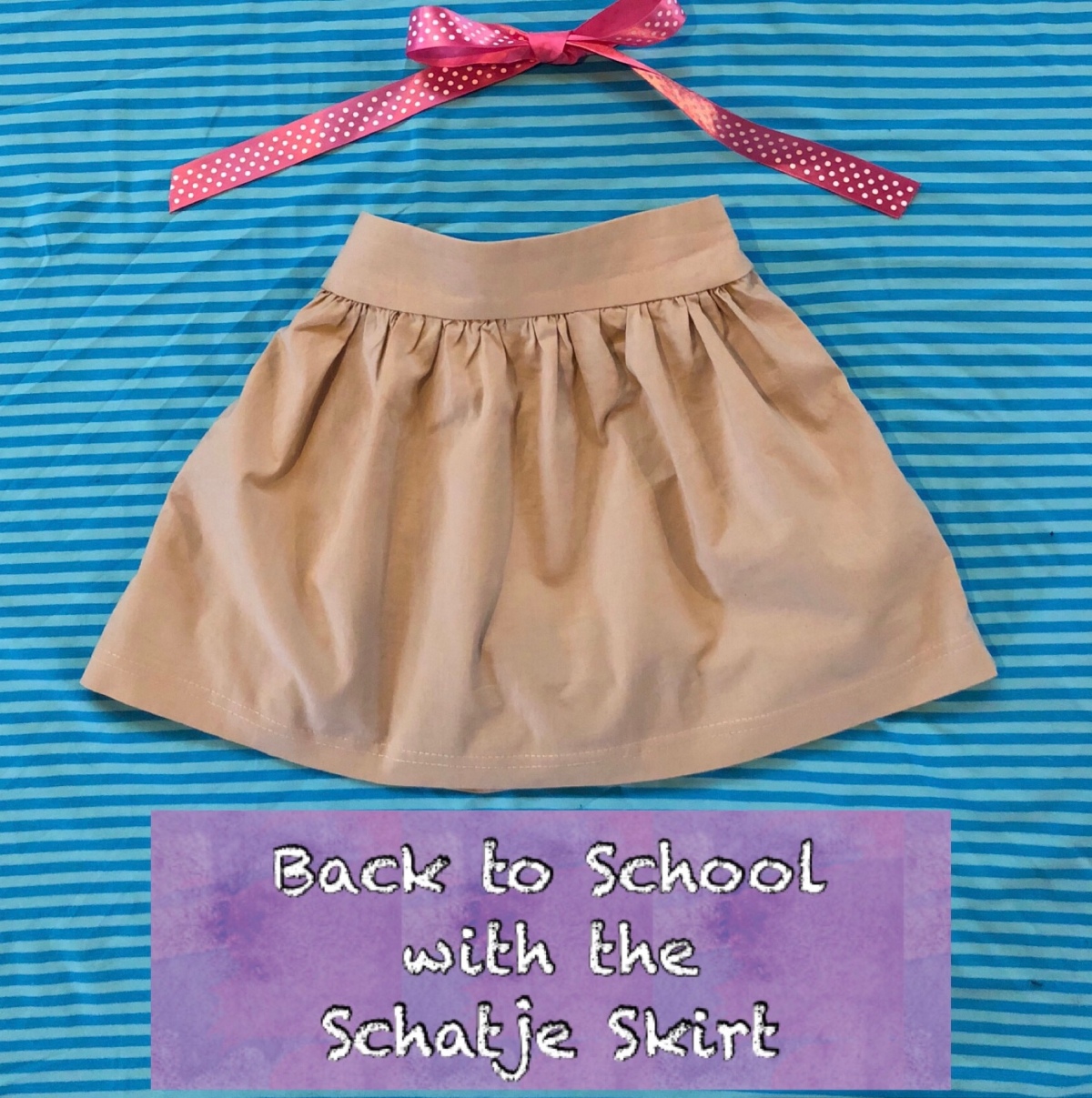
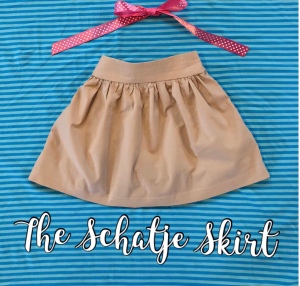
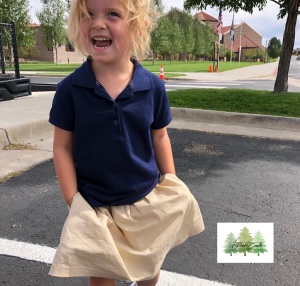
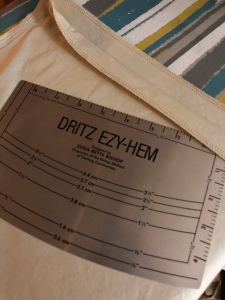
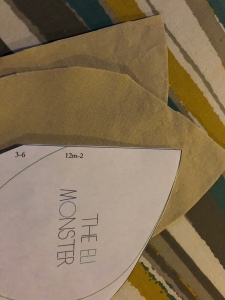 Another touch that I really like about this skirt is you get the comfort and ease of an elastic band, you get the crisp flat front of a fitted skirt.
Another touch that I really like about this skirt is you get the comfort and ease of an elastic band, you get the crisp flat front of a fitted skirt.


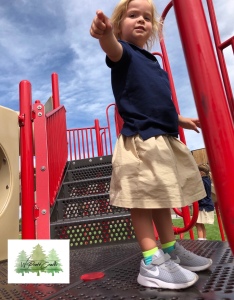 Who needs this pattern? You do!
Who needs this pattern? You do!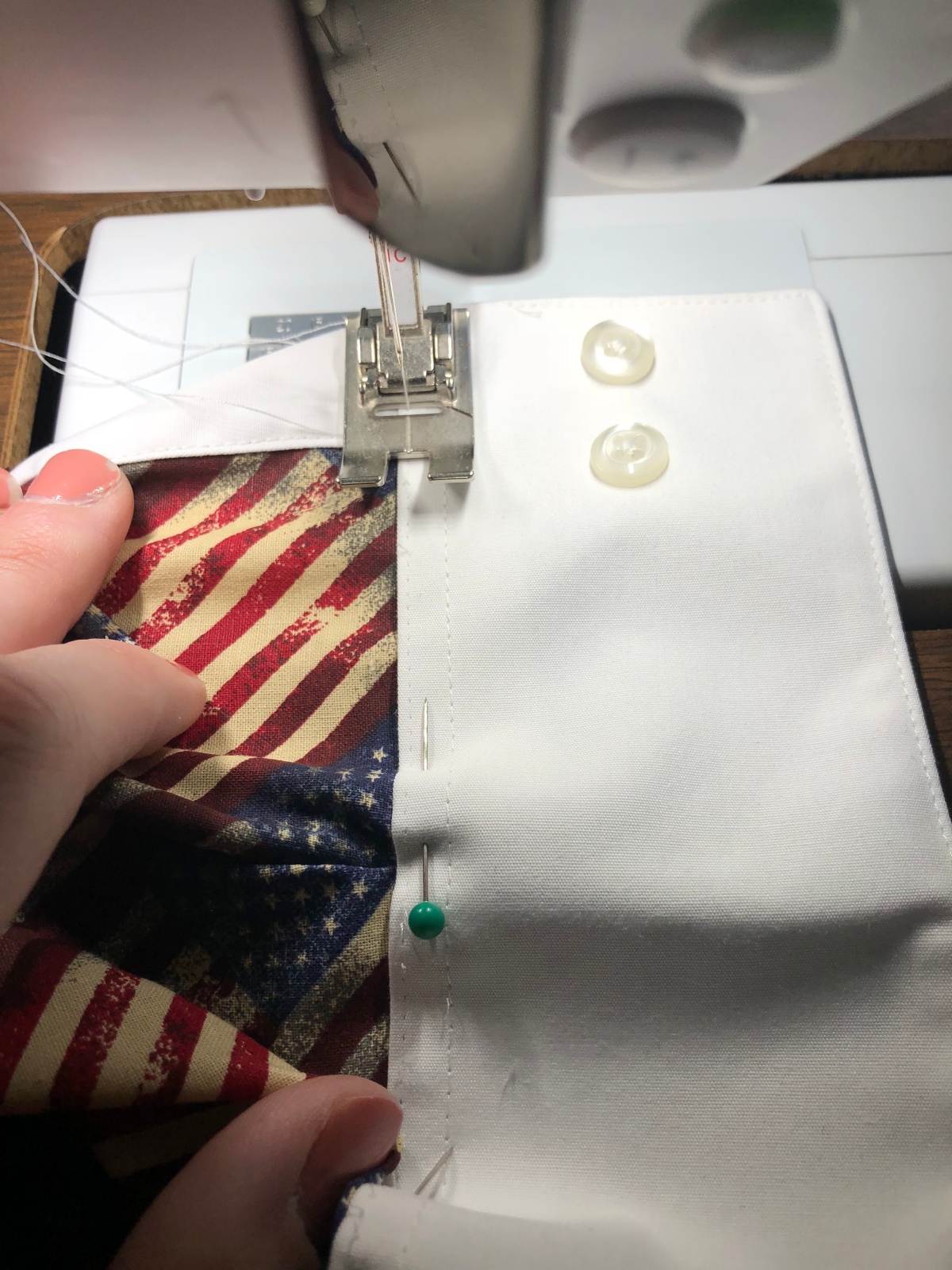
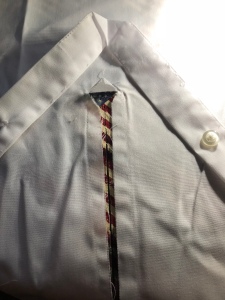











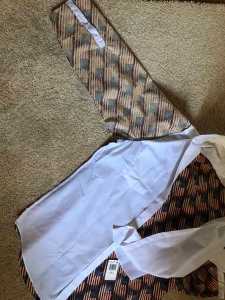













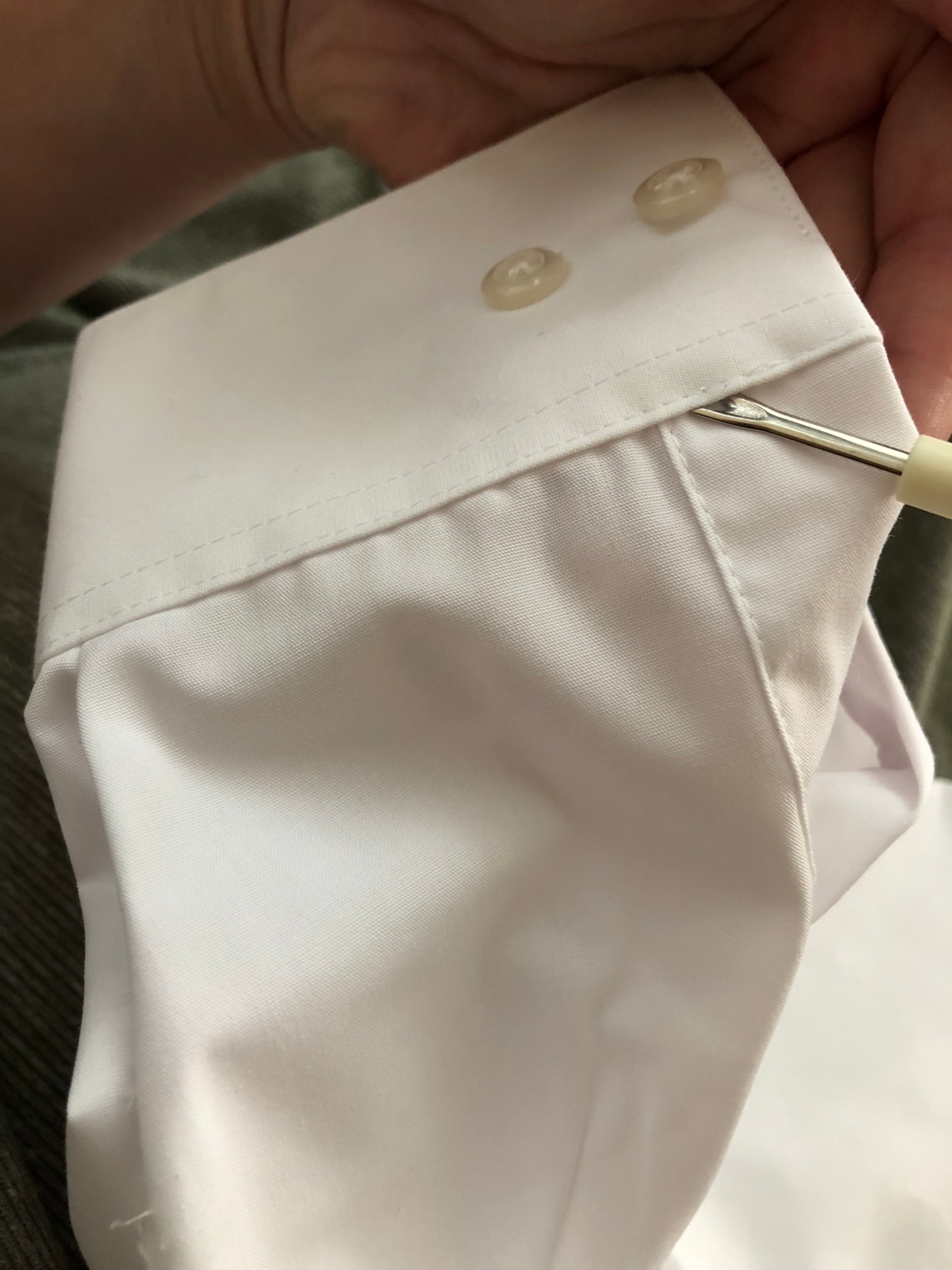
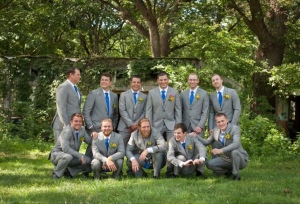
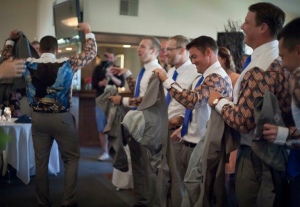






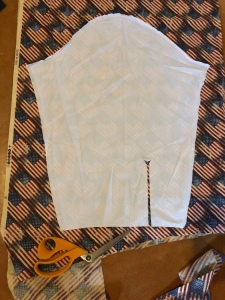
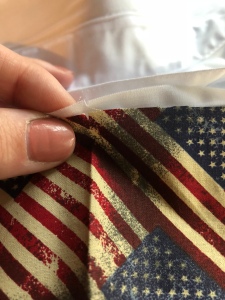


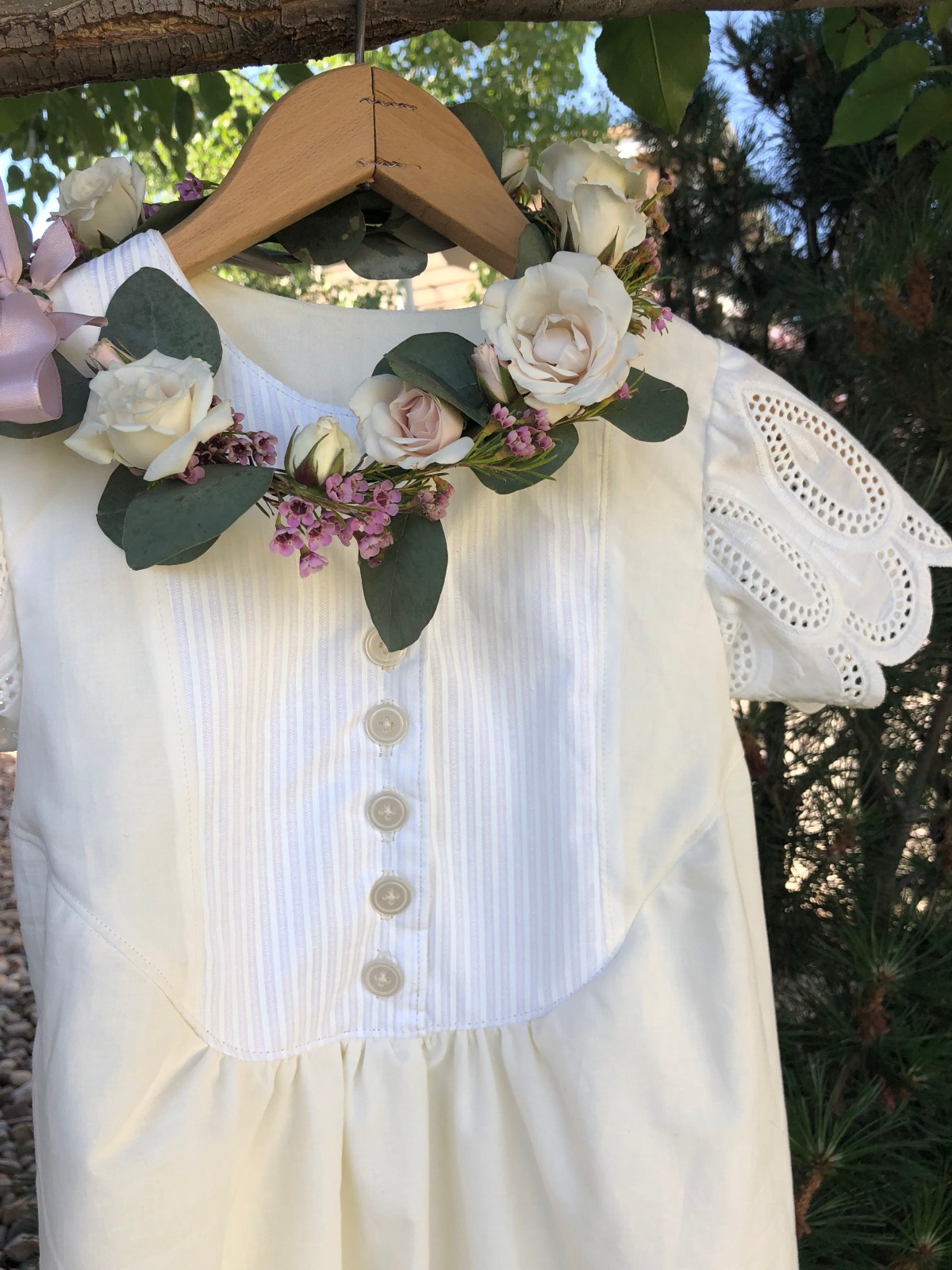
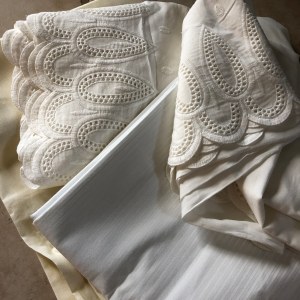
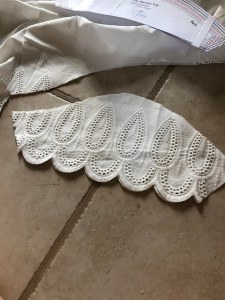 I was fortunate enough to have snagged plenty of the lace trimmed fabric, that I had enough to make matching sister dresses!
I was fortunate enough to have snagged plenty of the lace trimmed fabric, that I had enough to make matching sister dresses!










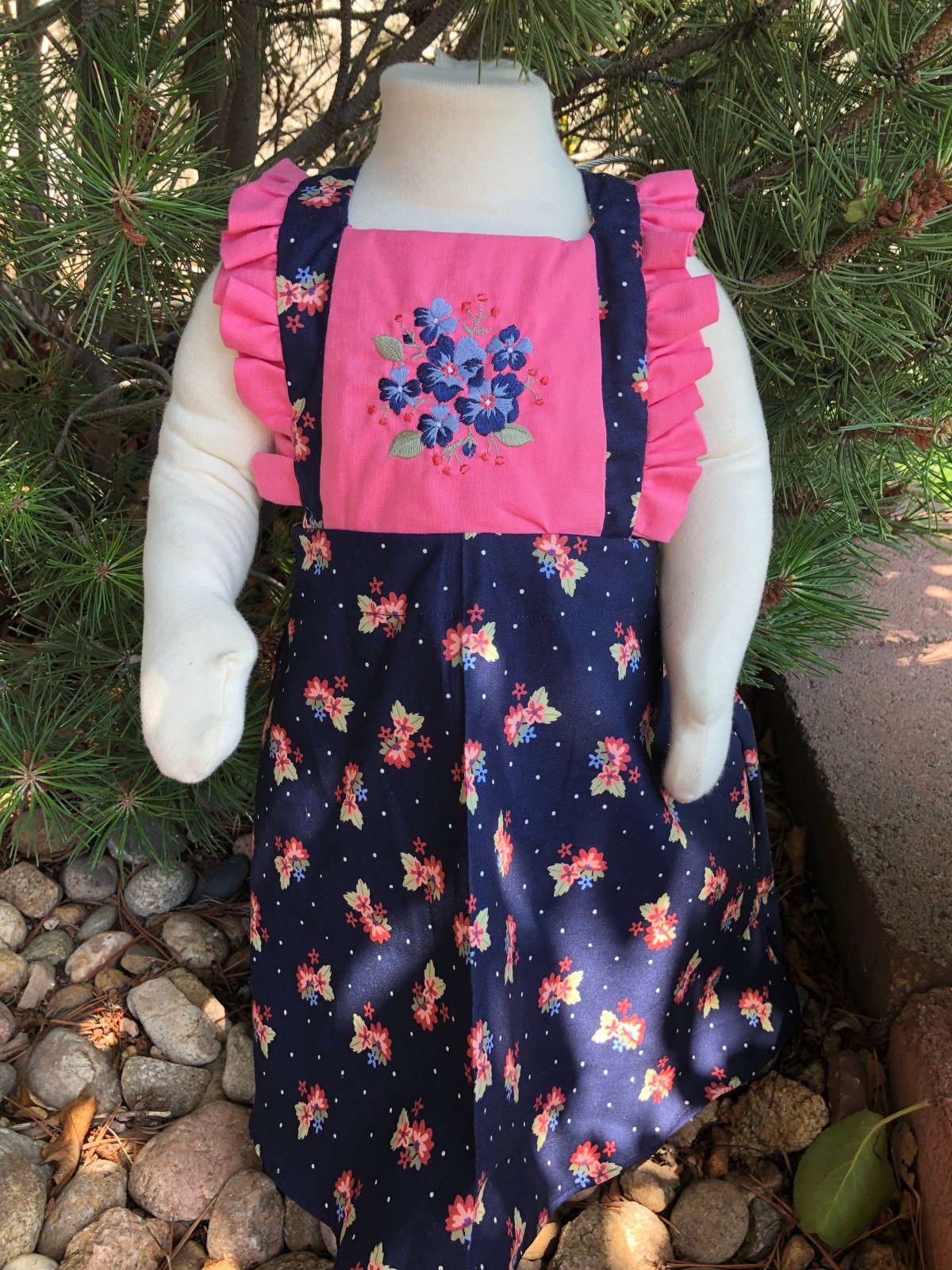
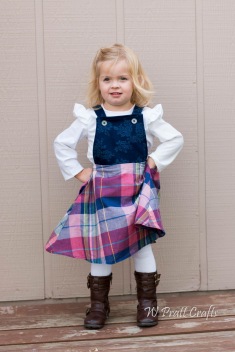
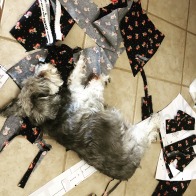


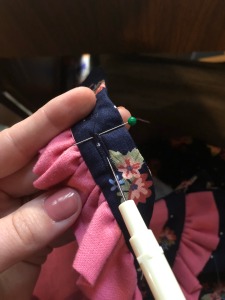





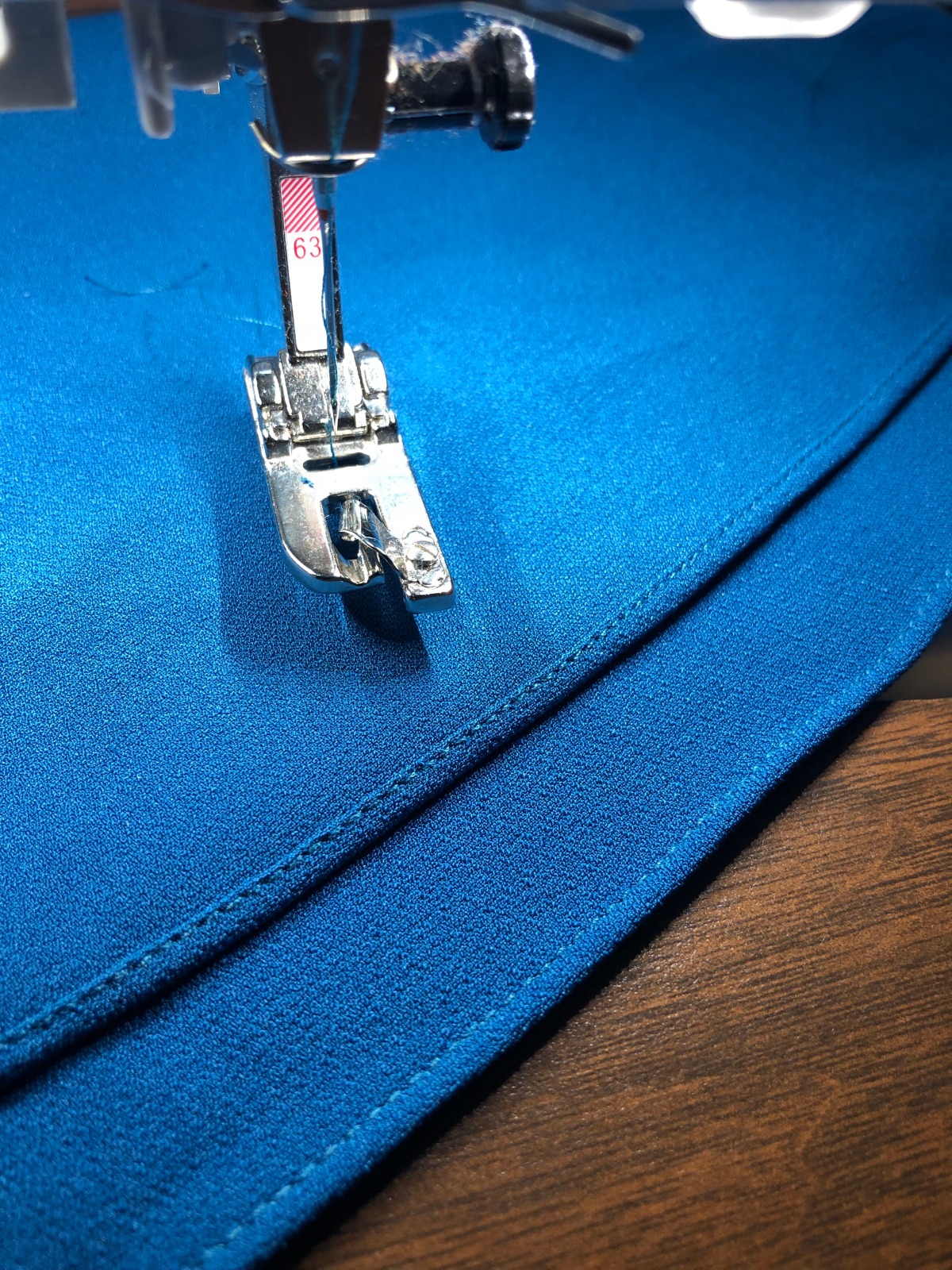






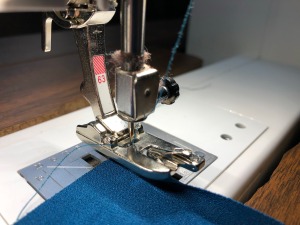




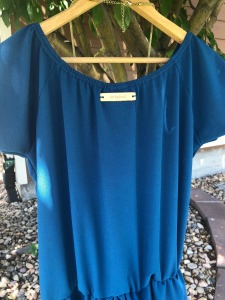
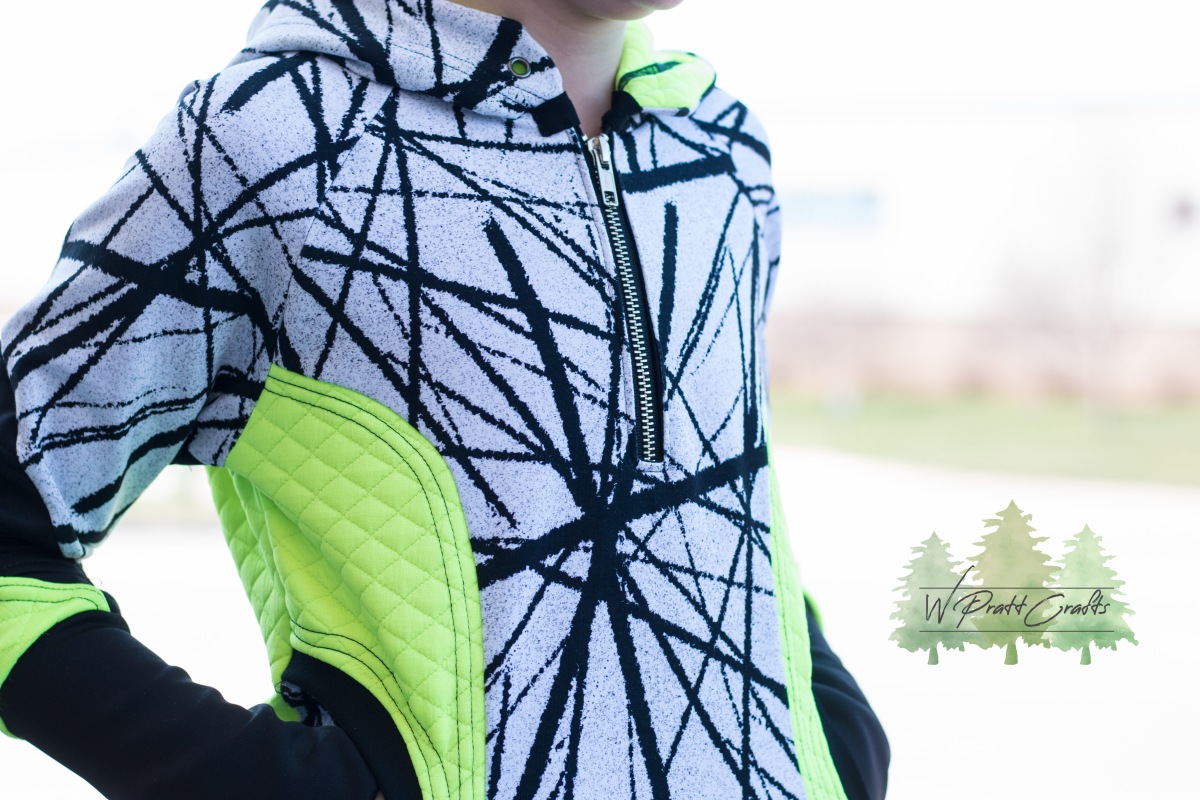
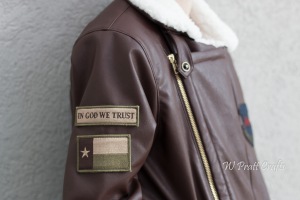





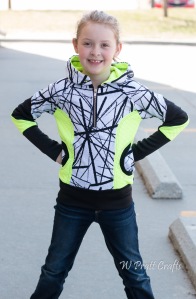 Pattern: Big Kid Bunny Hug by Apple Tree Sewing Patterns (heavily modified) // Fabrics: Aurora Designs and Dicarpo Designs
Pattern: Big Kid Bunny Hug by Apple Tree Sewing Patterns (heavily modified) // Fabrics: Aurora Designs and Dicarpo Designs

